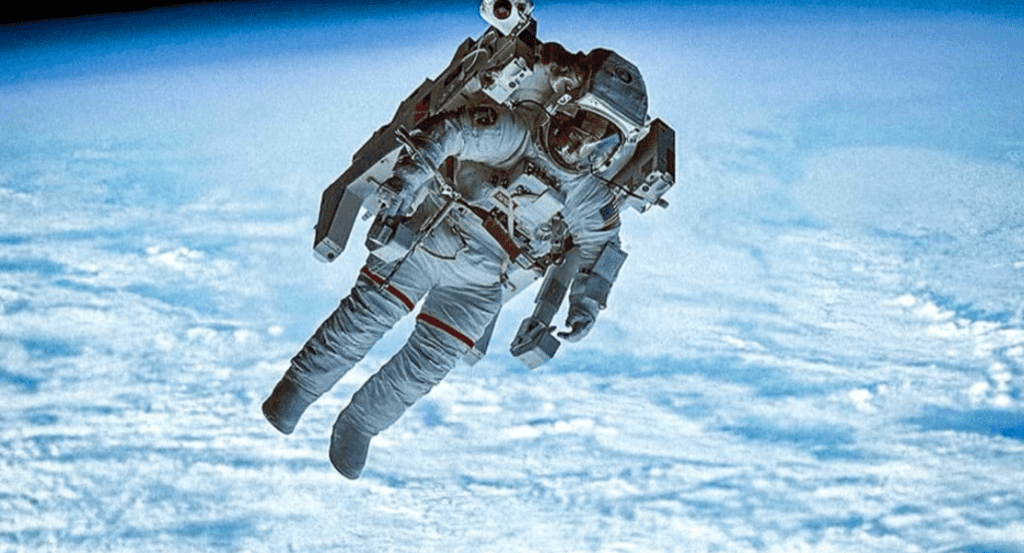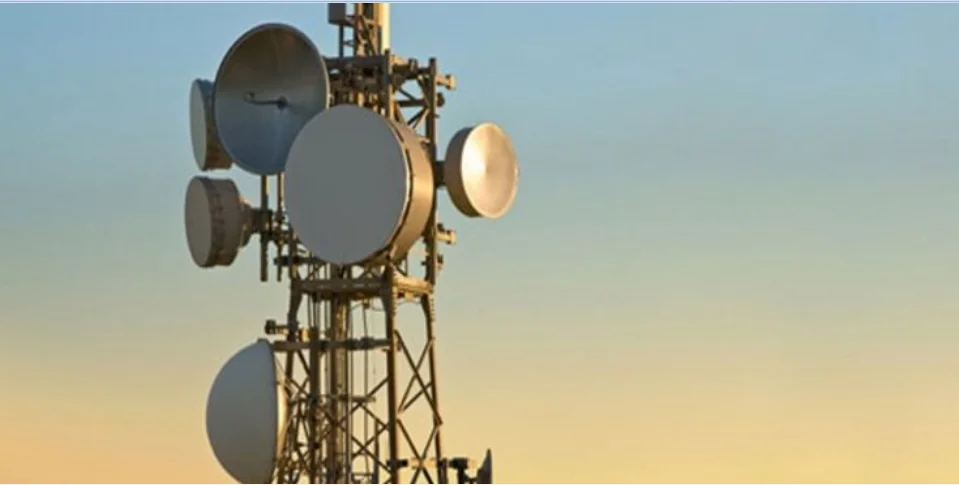During the historic Apollo 11 mission in 1969, NASA captured a haunting image that many regard as the loneliest moment in history.
While Neil Armstrong and Buzz Aldrin descended onto the Moon’s surface to take humanity’s first steps beyond Earth, astronaut Michael Collins remained alone aboard the Command Module, orbiting silently above the lunar surface.
In one of the most iconic photographs of the space age, the image shows the Lunar Module returning from the Moon’s surface with Earth visible in the far distance.
The striking reality? Every human being—living or dead—was in that frame, either on Earth or aboard the Lunar Module. Everyone, except for the man who took the photo: Michael Collins.
As Collins orbited the Moon alone, he experienced complete radio silence for 48 minutes during each pass around the Moon’s far side.
At those moments, he was out of contact with Earth, separated by nearly 240,000 miles of space, and cut off even from his fellow astronauts.
It was a profound solitude no human had experienced before—and none have experienced quite like it since.
Yet, Collins never described the experience as lonely. In fact, in later interviews, he reflected on those moments as peaceful and powerful.
He spoke of “awareness, anticipation, satisfaction, confidence—almost exultation,” proving that even in deep isolation, human spirit and purpose can shine through.
This single image, frozen in time, represents the enormity of space, the fragility of Earth, and the courage of human exploration.
It’s a reminder that greatness often comes from sacrifice—and sometimes, from solitude.












